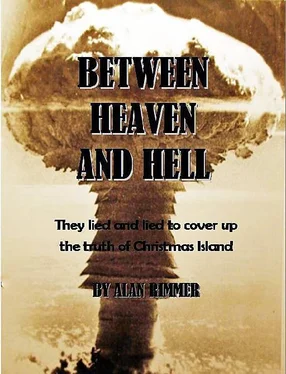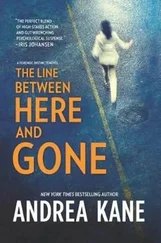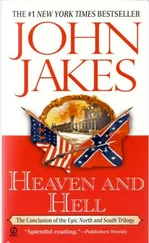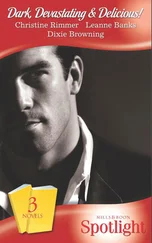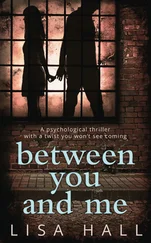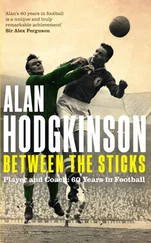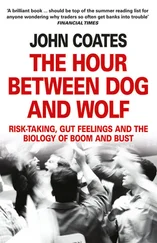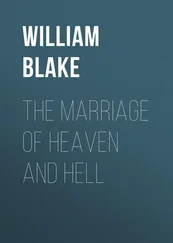She decided to apply for a war pension because of her husband’s participation in the Christmas Island tests. But she was turned down. “They authorities were not interested in Ken, or me,” said Mrs Charney. “I told them all about his service during the war, but they said it wasn’t relevant. I appealed against their decision about the war pension, but again they turned me down flat. It seemed very harsh.”
Mrs Charney eventually wrote a letter to The Times which was published; a short while later she received a phone call from one of her husband’s old colleagues who was now a Harley Street consultant. He asked Mrs Charney to send all her husband’s medical notes to him. From those he was able to establish that Charney had died from leukaemia. After lengthy consideration, Mrs Charney was finally awarded a pension. “It’s not much, but it helps,” she said. “But this was no way for England to treat a hero.”
Ken Charney was just one of many nuclear veterans hit by illness and early death in the aftermath of their participation in nuclear bomb tests.
All over the country men were dying from radiogenic sicknesses as they drifted back from Australia and the Pacific. They went home to their towns and villages and were conveniently forgotten by the armed forces who were only too glad to see them disappear into obscurity.
The medics never consciously made the connection. Doctors professed bewilderment and the NHS refused to discuss the possibility.
The men’s families knew, of course. Deep down, they knew. They could see it in the eyes of their loved ones. But when they complained, or tried to get a pension, or tried to bring it to the attention of the wider world, they were ignored, sometimes even vilified.
The Government scoffed at their claims ruling they received no more radiation than they would in a chest X-ray. They forgot to mention that X-rays only expose tissue to radiation very briefly.
A miniscule particle of plutonium that may have been picked up from contaminated soil or water and lodged in the body constantly radiates into the surrounding tissue.
Atomic veterans suffer ‘a long death.’ Like some nightmarish parasite it eats away at them from the inside until all that is left is an empty husk. You can’t taste it or smell it, but it is there. You cannot put it on the news and show its devastating effects.
It rises like a seeping gas and suffocates like a slowly rising tide of effluent. And the ‘long death’ takes no account of rank or position.
These forgotten warriors of the cold war know that their deaths will never be perceived as heroic, even though their battlefield was every bit as dangerous as their colleagues fighting in more conventional wars.
Most know they have a date with death that will never be celebrated in the annals of war. And most have endured it knowing all the time that they have been betrayed by their government.
Some decided not to wait for the creeping death and took their own lives. Others found life was not worth living after their brush with The Bomb.
Glen Stewart, the Shackleton pilot who graphically described in a TV documentary how the explosion set off a chain of thunderstorms over Christmas Island did not die of disease; the bomb found another way to kill him. His body was discovered by a man walking his dog at West Sands Beach, St Andrews, Fife, near the town's famous Old Course golf course. A hose was attached to the exhaust pipe.
Relatives are convinced Stewart was hounded to an early grave by senior Establishment figures after he was involved in a hair-raising near miss at Heathrow Airport.
As a senior pilot with British Airways, his Jumbo was approaching the airport following a long flight from Bahrain. It had been a nightmare trip with several cabin crew members and his co-pilot going down with food poisoning. Visibility was poor and out of the murk, the runway lights rose to meet Stewart’s 747. Suddenly the autopilot indicated the aircraft had deviated from the approach.
Stewart realised the lights were not runway lights at all, but road lights belonging to a carriageway running alongside the airport. He was just a hundred feet from landing on the A4, but with consummate skill Stewart took over the controls from the auto pilot and lifted the Jumbo clear. The giant aircraft missed a hotel by just 12 feet, setting off all the alarms in the car park. It was an escape that made headlines, but for all the wrong reasons as far as Captain Stewart was concerned.
A civil aviation board of inquiry blamed him and took his precious pilots licence away. Also, in an unprecedented move, the government decided to prosecute. A jury, despite clear evidence to the contrary, found him guilty of negligence. He was fined £2,000, and never flew again.
It was a crushing blow from which he never recovered. The decision to prosecute, he always maintained, had been taken by people who had started their careers in the RAF and were now in the upper echelons of the Civil Aviation Authority. Giving the TV interview about his experiences at Christmas Island was perceived as a betrayal of his country; it also broke ‘omerta’, the code of silence ingrained in most senior RAF officers. Stewart always believed ‘they’ had taken their revenge
Flt Lt Eric Denson, the man who flew through the mushroom cloud created by Grapple Y, came to a tormented and ignoble end in a woodland clearing, his wrists slashed with a knife.
He never recovered from the massive radiation dose he received as he grappled with the controls of his Canberra aircraft. Denson struggled for 18 years to rid himself of an overwhelming feeling that his mind was being attacked by a “dark cloud” before he could take it no longer.
The RAF and the Ministry of Defence ignored his torment and refused to give his widow a war pension. There was no traditional ‘fly past’ at his funeral. They tried to bury Denson’s reputation along with his body, but they reckoned without his formidable wife, Shirley.
At about the same time as the newly-knighted Sir William Penney was tucking into his Sole Monte Bello and basking in his new-found fame as father of the British A-bomb, young Shirley Gubbins, had her eye on a very special man.
Just 18 years old, blonde with a trim figure honed by frequent exercise and horse riding, Shirley was enjoying the attentions of a small army of suitors.
She had accompanied her brother Brian, a young Royal Air Force flying cadet, to one of the lavish balls regularly held at Cranwell, the famous pilot training school on the Lincolnshire coast. It was Shirley’s first real ‘outing’ as a young debutant, and her father, a well-to-do paediatrician, acted as chauffeur, chaperone and general factotum to his youthful offspring.
Shirley’s mother, a buyer for a major department store, had made sure her beautiful daughter had a ball gown fit for the occasion. Flawless white, strapless with satin bodice and wearing her grandmother’s matching pearl earrings and necklace, Shirley dazzled as she swept into the ballroom on her brother’s arm.
Almost immediately she was surrounded by a gaggle of would-be suitors, and she enjoyed every minute of it. “What girl wouldn’t enjoy all that lovely attention?” She recalled. “All those handsome young men, in full dress uniform, what more could a girl want? The band was playing, the champagne was flowing, and I was being swept off my feet by a succession of young men who wanted to dance with me. It was wonderful and I’d never felt so happy.”
As she was swirled around the dance floor, Shirley couldn’t help feeling sorry for a large group of rather plain-looking women who sat glumly to one side, toes tapping, but with no man to dance with. She had heard one of the young officers referring rather unkindly to the sad little bunch as “grimmies”, service slang for wallflowers… girls who never received any attention from the smart young officer cadets.
Читать дальше
